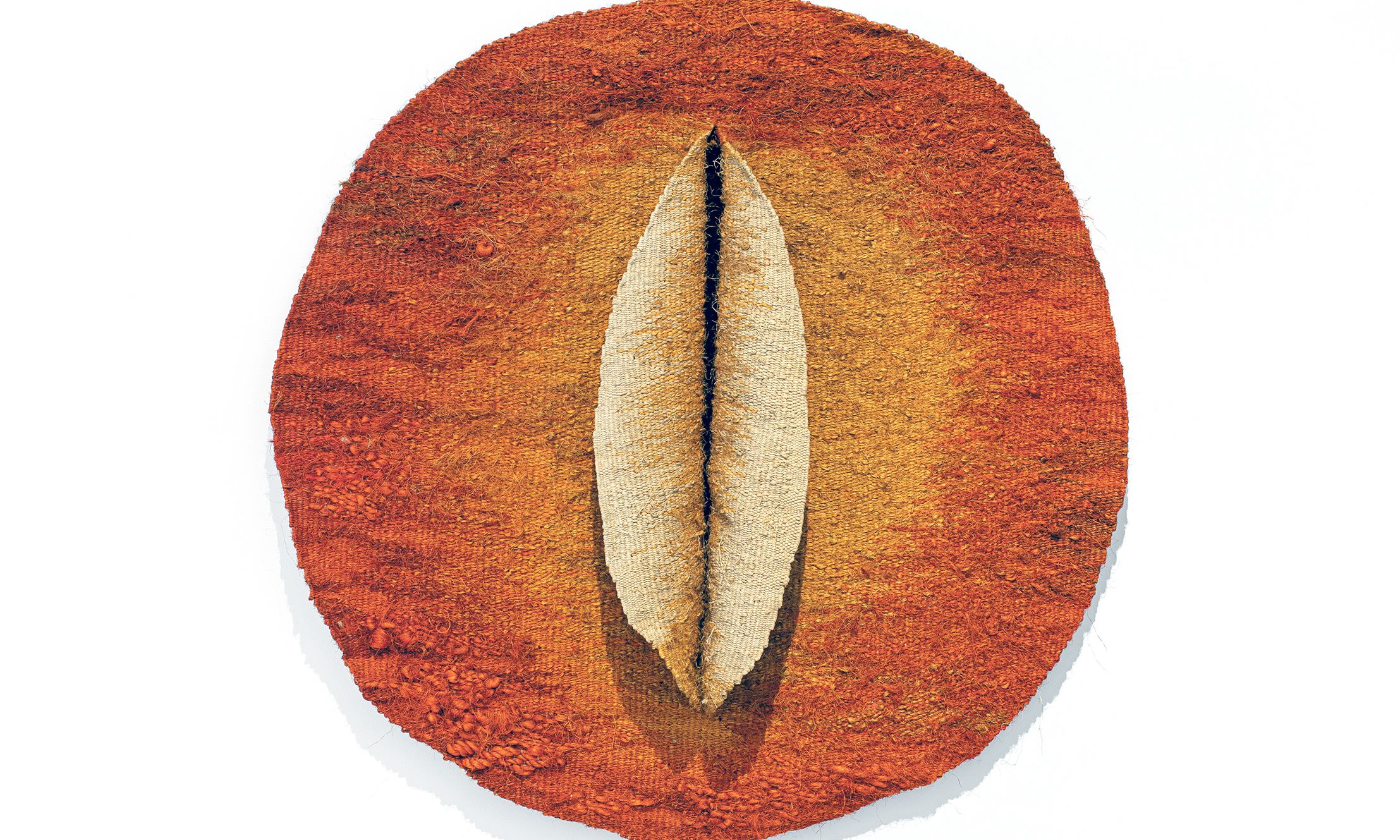Magdalena Abakanowicz's Kolo I (Orchidee I, 1973) is part of Michael Rosenfeld Gallery’s Frieze stand commemorating Roe v Wade
©Nancy Grossman, courtesy Michael Rosenfeld Gallery
In a better world, 2023 would have been the year we celebrated the 50th anniversary of the landmark US Supreme Court ruling that decriminalised abortion, freeing women from the idea that to procreate was their destiny.
However, in a move that stunned many in the art world, the 1973 Roe v Wade ruling was overturned last year. “I can’t believe it. It came out of the back of the room,” says Nancy Grossman, who was part of a leading group of feminist artists in New York in the 70s. “This world is just crazy. The regression is horrifying.”
Grossman is best known for her leather-wrapped sculptures of heads, one of which is on show with Michael Rosenfeld Gallery at Frieze New York this week. Following the Supreme Court’s decision last year, the gallery decided to dedicate its booth this year to works that were made around the time of Roe v Wade. “We were motivated by the profound dismay we felt in witnessing this swift return to an age of forced pregnancy and unsafe abortions,” says the gallery’s director, Halley Harrisburg.
Lenore Tawney made this untitled, mixed-media work in 1973, the same year as the Roe v Wade decision Courtesy Michael Rosenfeld Gallery
Alongside works by Grossman are pieces by other leading second-wave feminists including Betye Saar, Lenore Tawney, Jay DeFeo, Lee Bontecou, Alma Thomas and Mary Bauermeister. While not always directly political, their works are united by “an undercurrent of feminism, reflecting the ethos of the time in the artists’ chosen subjects, materials, and approaches”, Harrisburg says. Prices range from $7,500 to “in the millions”.
Grossman recalls how, when she first made her head sculptures in the late 1960s, she hid them. “I didn’t show them to the dealers I had. I knew they would be misunderstood,” she says. Often rendering them blind and mute, she considers them self-portraits because “I felt at the time that you couldn’t say what you were thinking. It was so compelling to me my whole life; I knew how women were supposed to be, like children—seen and not heard.”
Yet the sculptures carry menace. “The head is where everything comes from, all the sexiness, all the hostility, all the power,” Grossman says, but adds: “They had no arms and legs. They had no weapons.”
Those weapons were rendered in graphite instead. Two drawings from 1973 by Grossman, of heads with guns protruding from eye sockets and noses, are also on show at the Michael Rosenfeld stand.
Nancy Grossman's Sighted Gunhead (1973)© Nancy Grossman, courtesy Michael Rosenfeld Gallery
The author and activist Barbaralee Diamonstein-Spielvogel wrote an article, “We Have Had Abortions”, which was published in the first issue of Ms. magazine in 1972, when abortions were still illegal. Grossman was among the long list of artists, writers, musicians and actors—including Susan Sontag and Nora Ephron—who signed the article; not all had had abortions. “Artists were activists then, for real,” Grossman says.
So what place does activism have at an art fair like Frieze New York? Harrisburg believes “action on all fronts is needed”—from grassroots organising to public policy to reproductive health education.
She says: “We hope that the presentation will galvanise efforts to aid the childbearing people most endangered by this law as well as support for the politicians working toward the swift reinstatement of the rights this disastrous legislation has stripped away.
“What should have been the 50-year anniversary of this huge win for reproductive rights was instead a tragic loss of bodily autonomy for millions of people across the country, many of whom have by now already suffered the mental and physical consequences of that ruling.”

